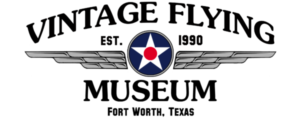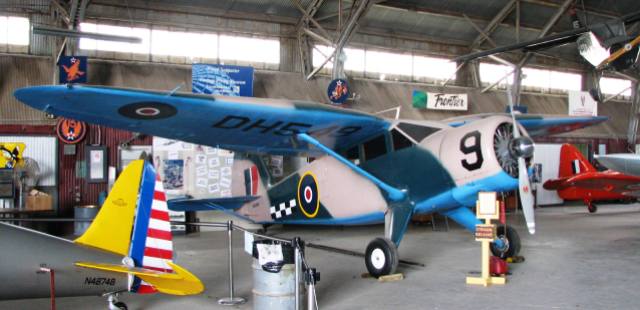The Stinson Aircraft Company built the Stinson Reliant in several models between 1935 and 1943. The first Reliants were built with a straight wing. They are quite rare. In 1936 the Reliant was designed with a graceful tapered wing. This elegantly formed wing became known as the “Gull Wing” and most of the Reliants built had this wing. There were a couple of “Gull Wing” Reliants built in 1936, but they were marketed as the SR 7 Reliant. The model numbers seem to associate with the year of manufacture during the thirties. The SR 8’s were built in 1938, and the SR 9’s were built in 1939. They started building SR 10’s in 1940 and they were the last of the SR series of Reliants.
Eddie Stinson was killed while demonstrating the new Reliant model in Chicago. He stalled and crashed into a house from a very low altitude. The Stinson Reliant is a very forgiving airplane, but that foible could not be forgiven! The company was sold to Vultee Aircraft Company after his death.
Vultee built 500 Stinson Reliants with some changes (primarily the fuselage and the cowling) during the war. These were built for the Army Air Corps as AT-19’s. Half of them were built in 1942 and half in 1943. All of the AT-19’s were lent to Britain on the Lend-Lease Plan during WWII. They were all ferried to Britain by way of Brazil and the Azores.
The Reliant was used by the U.S. Army in World War II as a utility aircraft, designated UC-81, and as trainer designated AT-19. They were also used by the Royal Navy and Royal Air Force for light transport and communication duties.
The Reliant can be configured as a landplane, seaplane or with ski’s for landing on snow. They were very popular among bush pilots in Alaska. Some of the missions it can perform:
- Ambulance (2 Stretchers)
- Cargo
- Target Towing
- Firefighting
- Photographic
After the war the government wanted to sell them as war surplus, but no one could buy them because the AT-19 had never been certified as a civilian aircraft. Vultee bought all of them and certified them as the V-77, Vultee’s 77th design. As a result, all wartime Reliants are known as V-77’s instead of SR 10’s. Vultee had to “remanufacture” them to comply with the type certificate. This consisted of removing the military equipment, painting over the British roundels, painting on an “N” number and selling them. All V-77’s show a manufacture date in 1946 and the factory started new logs so the military logs are not associated with the individual airplanes. They assigned serial numbers in the order that they remanufactured them. This causes some confusion because the military paperwork also had a serial number that is found stamped on a tab in the fuselage structure. This military number has no discernible connection with the civilian serial number although the numbers are in the same range from 1 to 500.
Specifications:
- Engine: One 400 H.P. Pratt & Whitney Wasp Jr SB 9 cylinder radial engine
- Weight: Empty 3,045 lbs.,
- Max Takeoff 4,605 lbs.
- Wing Span: 41 ft. 7 in.
- Length: 27 ft. 11 in.
- Height: 8 ft. 6 in
Performance:
- Maximum Speed: 154 knots/177 mph
- Ceiling: 21,000 ft.
- Range: 739 nautical miles
- Crew: One pilot
- Capacity: 3 to 4 passengers

